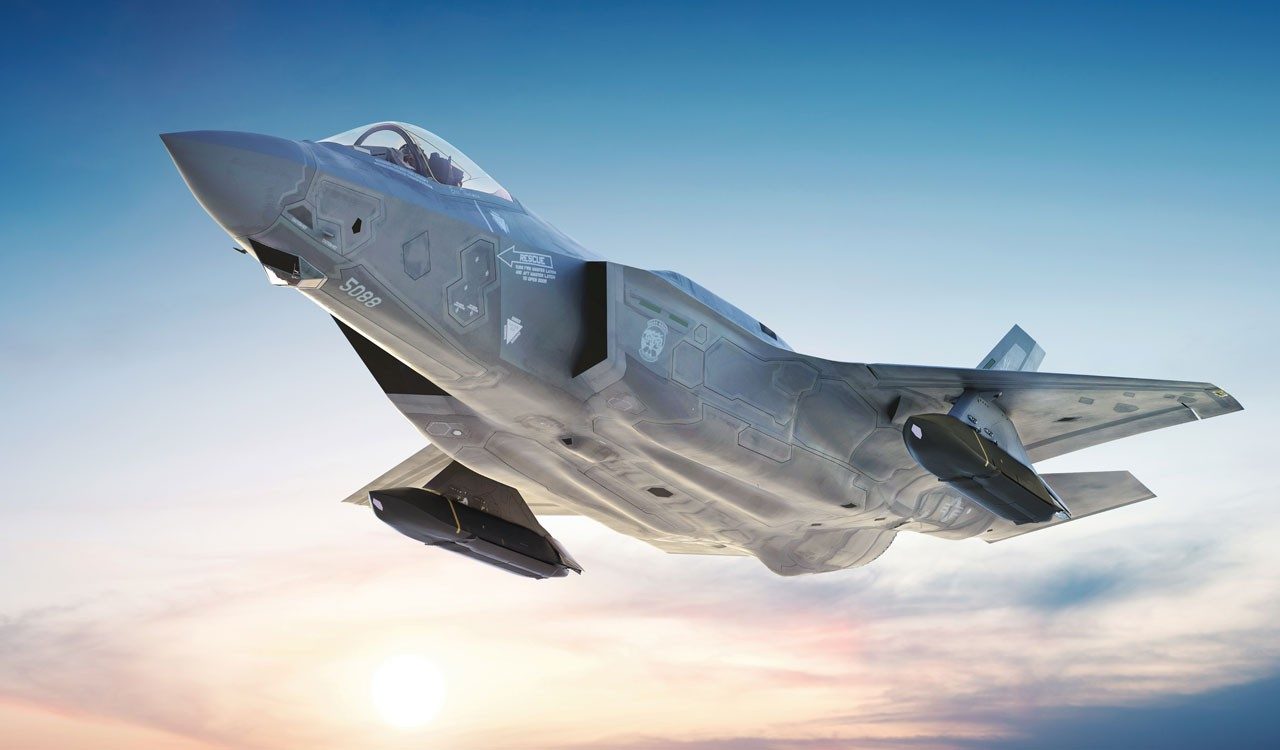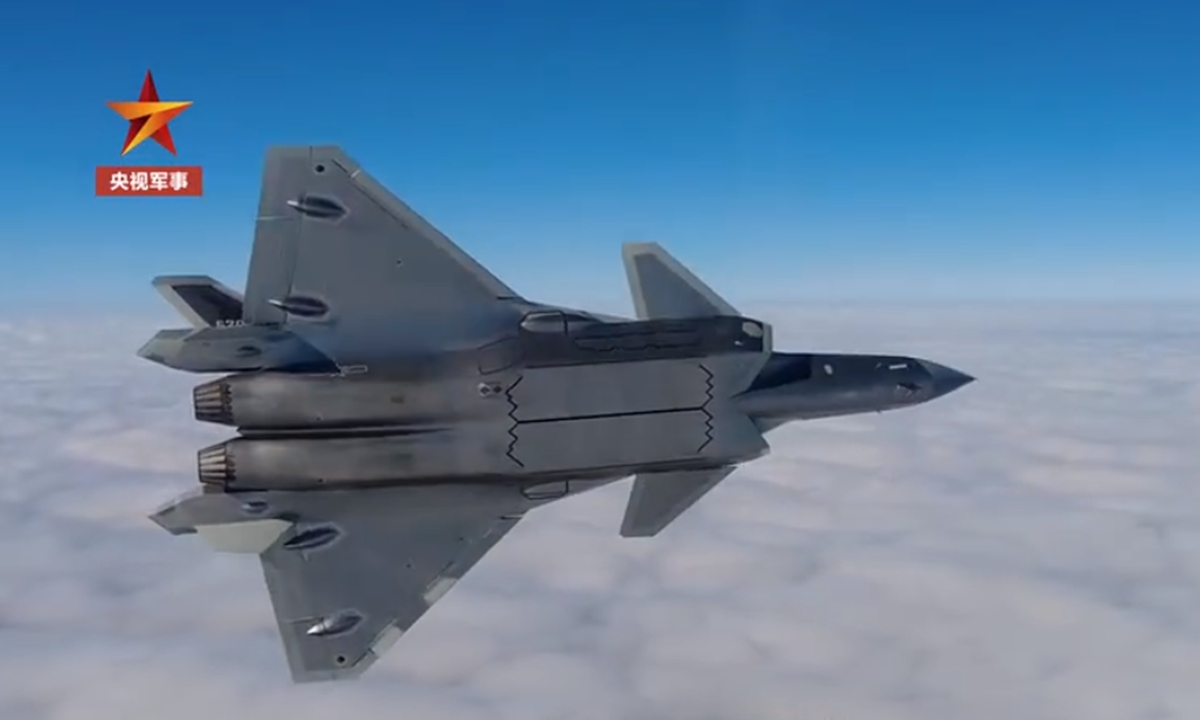On May 28, an F-35B Lightning II fighter crashed near the Albuquerque International Sunport in New Mexico. The pilot ejected safely but sustained injuries.
The jet, valued at over $135 million, crashed at approximately 1:50 p.m., just south of the Sunport, following a refueling stop at Kirtland Air Force Base, as reported by KOB4.
The pilot ejected safely and was transported to the University of New Mexico Hospital. According to statements from the city’s fire department and military officials, the pilot was stable.
According to reports, the downed F-35 was a new developmental model. The jet was on a transfer mission from a Lockheed Martin facility at the Naval Air Reserve Station in Fort Worth, Texas, to Edwards Air Force Base in southern California.
ABC News, quoting an unnamed US official, confirmed that the jet crashed shortly after refueling in Albuquerque. At the time of the incident, the aircraft was being operated by a pilot employed by a defense contracting agency.
BREAKING: An F-35 just crashed on takeoff at Albuquerque International. pic.twitter.com/UT7WzJtvyP
— Ian Miles Cheong (@stillgray) May 28, 2024
Albuquerque Fire Rescue spokesperson Lt. Jason Fejer mentioned that local fire crews required help from Kirtland Air Force Base to manage the ensuing blaze.
“We carry 500 gallons of water on our apparatus and small foam tanks, but it’s no match for a jet fuel fire of that scope,” Fejer said. Photos from the scene show the charred remains of the aircraft burning in a field adjacent to a road.
Kirtland Air Force Base is spearheading the investigation into the crash, with a spokesperson stating that more information would be shared as it became available.
Situated on the southern outskirts of Albuquerque, Kirtland Air Force Base hosts the 377th Air Base Wing, which is responsible for nuclear operations and the training and equipping of expeditionary forces. Additionally, it houses the Air Force Research Laboratory.
Eyewitness Patrick White, driving nearby, recounted seeing the jet flying low and kicking up dust before it disappeared from view, followed by “an enormous plume of black smoke.” He later saw a part of the aircraft in the middle of the road as he drove past the crash site.
The crash marks the second military plane accident in New Mexico in the past month. In April, an F-16 Fighting Falcon crashed near Holloman Air Force Base, resulting in minor injuries to the pilot.
Second F-35 Crash In Nine Months
The latest incident involving an F-35 comes in nine months since a US Marine Corps F-35B crashed in September 2023 in South Carolina. This incident unfolded when the pilot ejected due to a malfunction, yet the aircraft continued flying for about 60 miles before ultimately crashing in a field near Indiantown, South Carolina.
The aftermath saw a day-long search for the wreckage until it was discovered in the field. This event serves as yet another setback for the US military. The F-35 is the world’s most renowned fifth-generation fighter jet.
Since its introduction 17 years ago, the F-35 has enjoyed considerable success in the international market, with Lockheed Martin delivering nearly a thousand units to various customers worldwide.
Despite its widespread deployment, the number of confirmed destroyed F-35s, along with pilot fatalities, remains relatively low, with Simpleflying reporting fewer than ten such incidents.

However, even with this commendable safety record, given its extensive operational history and production volume, Russian and Chinese media outlets often seize each crash as a testament to the perceived vulnerabilities in US military technology.
Following the September 2023 crash, the Chinese state media, Global Times, mentioned the F-35’s susceptibility to accidents, attributing those to purported flaws within the US military-industrial complex. The publication characterized the aircraft as a “Frankenstein’s monster” of sorts.
The Global Times wrote that the F-35’s relevance was waning, especially in light of Russia’s and China’s advancements in tracking and targeting such aircraft.
Moreover, the Global Times often draws comparisons between the F-35 and China’s indigenous J-20 stealth fighter jet, highlighting the apparent technological prowess of the latter.
On one side of the spectrum, crashes involving the F-35 often dominate international headlines. Conversely, the counterpart to the F-35 in China, the J-20, has notably maintained a clean record of reported crashes or mishaps.

The J-20, a relatively recent addition to China’s military inventory, has had no publicized accidents in its operational deployments or testing phases.
This stark contrast can be attributed to several factors. China’s tight control over information and media coverage tops the list.
The Chinese government maintains a tight grip on information dissemination, especially regarding military affairs, which may result in the underreporting or outright suppression of incidents involving military equipment, including the J-20.
Moreover, the J-20’s operational history is comparatively shorter than that of the F-35. Unlike the F-35, which has been produced and deployed in significant numbers across various countries, the J-20 has a smaller fleet size.
Also, it has not been utilized as extensively or in diverse operational scenarios as the F-35. As a result, the likelihood of incidents occurring and subsequently being reported is small for the J-20.
While the F-35’s prominence in international media may amplify the perception of its vulnerability, the lack of publicized incidents involving the J-20 does not necessarily indicate superior safety or performance but rather reflects differences in reporting practices and operational usage between the two aircraft.
- Contact the author at ashishmichel(at)gmail.com
- Follow EurAsian Times on Google News




